We may earn money or products from the companies mentioned in this post. This means if you click on the link and purchase the item, I will receive a small commission at no extra cost to you ... you're just helping re-supply our family's travel fund.
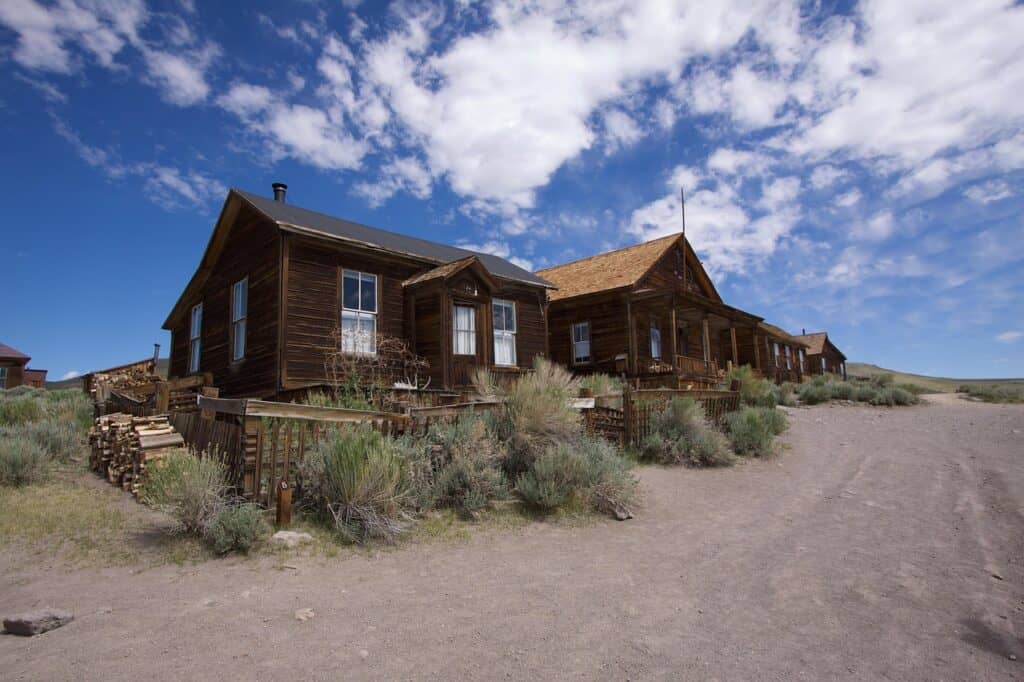
October favors empty streets and cold stars, which turn old foundations into stages for whispered history. Across the country, boomtowns that burned bright and faded now sit under cottonwoods and sage, where windows blink without glass and floorboards remember every step. Some places keep museums and a café, others offer only wind and a cemetery fence. The stories stretch from lost mines to flooded capitals. What this really means is a road map of quiet places where memory lingers and rumor feels close enough to touch.
Bodie, California
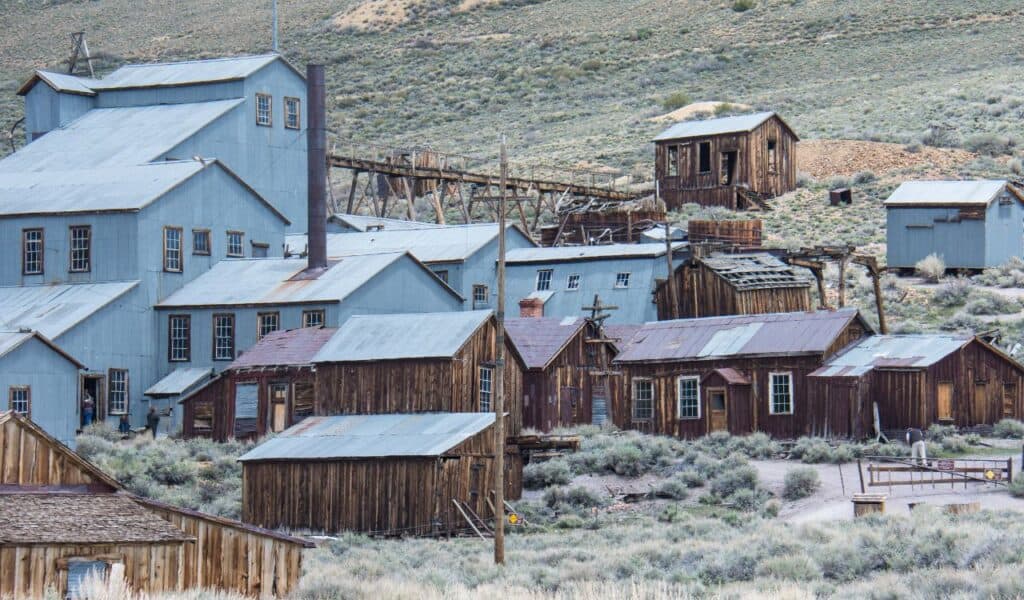
High on the sagebrush steppe, Bodie keeps whole blocks of storefronts in arrested decay. The schoolroom still holds chalk dust, and the stamp mill sits silent, as if a foreman might return after lunch. Locals speak of a Bodie curse that follows anyone who pockets a nail, with apology letters piling up at the museum. Frost sharpens lantern light in October, coyotes test the silence, and every creak of wood sounds like a step taken just out of sight.
Jerome, Arizona
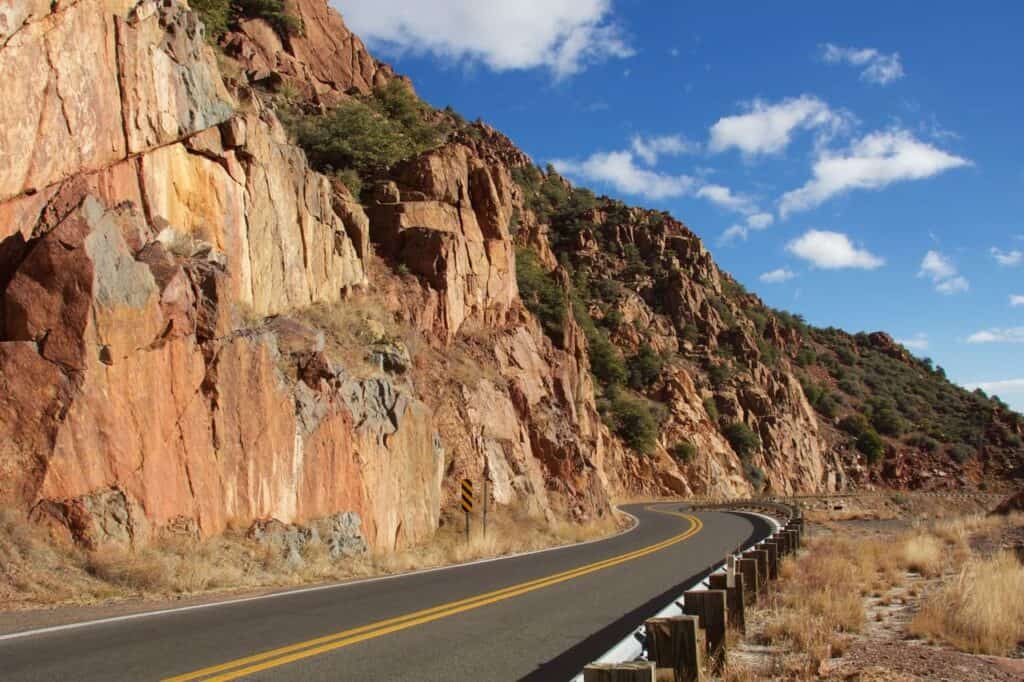
Jerome clings to Cleopatra Hill, a zigzag of mining streets where staircases and switchbacks replace sidewalks. The former hospital, now the Jerome Grand Hotel, draws tales of shifting elevators and late night footsteps, while galleries occupy brick shells once meant for ore and payroll. The view rolls toward the Verde Valley like an old map, and autumn brings clear nights that carry sound uphill. It feels half living town, half echo, with copper still humming under the boards.
St. Elmo, Colorado
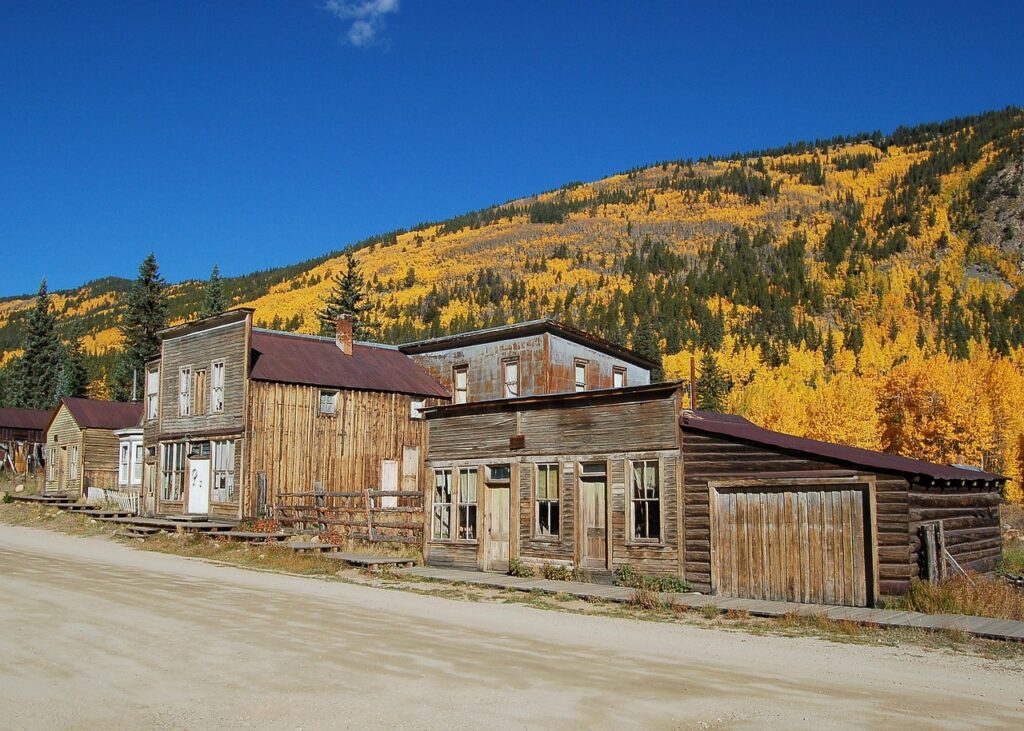
Aspens turn the whole valley gold before snow stitches the season shut. Boardwalks frame cabins and a general store tied to the Stark family, whose matriarch, Annabelle, became a fixture long after most neighbors left. Stories place her presence near the counter, watchful and reluctant to see the town fade. Creek water talks in the dark, owls punctuate the timberline, and the hotel ruins cast long shadows by moonlight. St. Elmo reads as both postcard and vigil.
Bannack, Montana
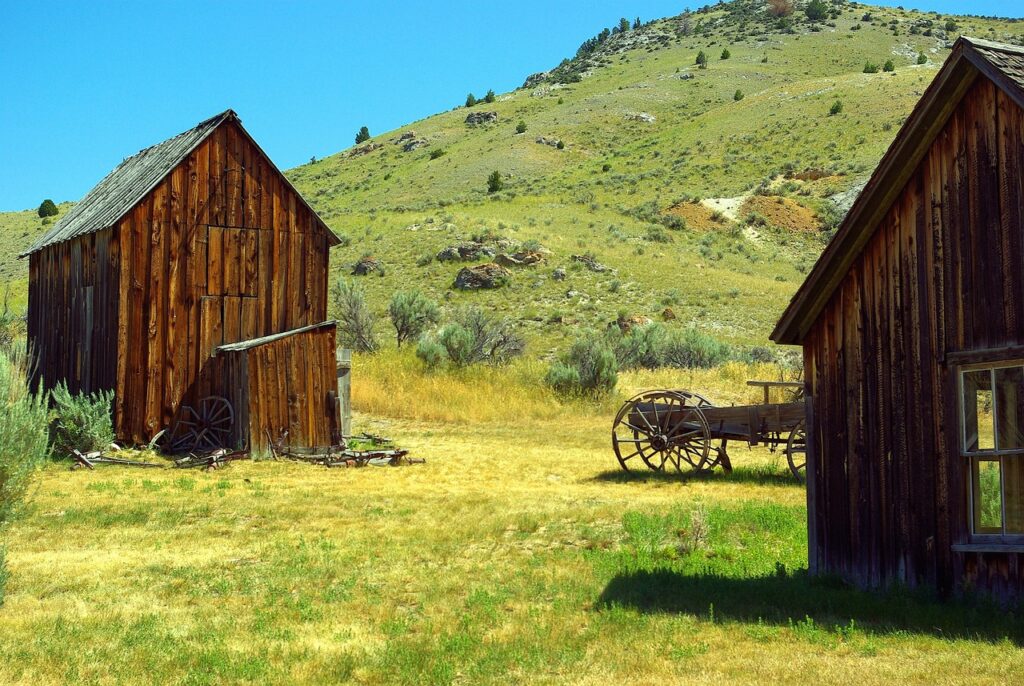
Montana’s first territorial capital wears its past plainly. The Hotel Meade, once a courthouse, stands with stair rails polished by boots and rumor. Vigilante justice and rough winters shaped the street, and some say the hotel mirrors hold more than a face at dusk. The gallows site still chills a calm afternoon. Cottonwoods rattle, the schoolhouse keeps a chalky quiet, and October light turns clapboard silver. Bannack is careful with its ghosts, letting buildings do most of the talking.
Rhyolite, Nevada
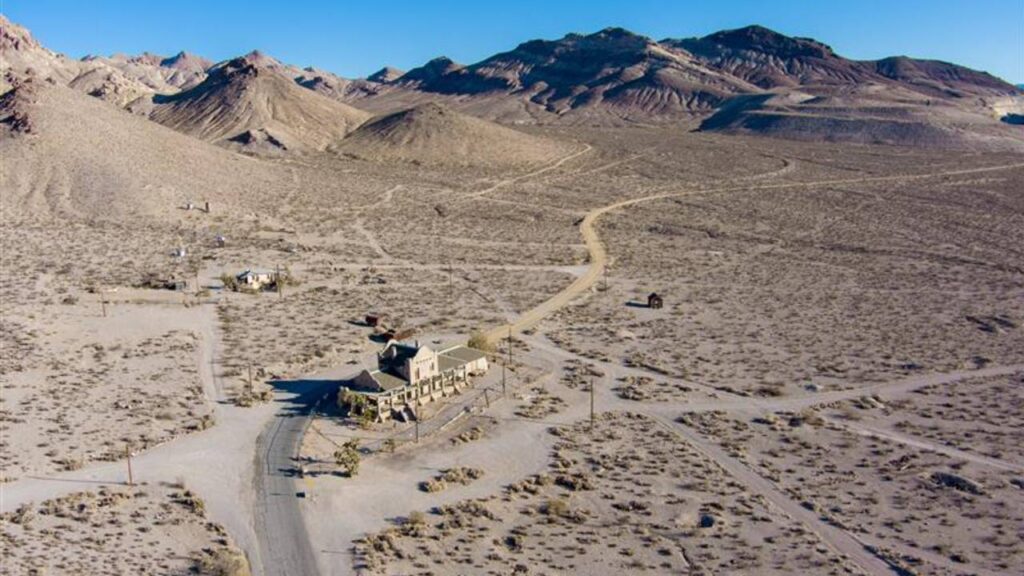
Rhyolite tumbles across the edge of Death Valley in elegant ruin. The Cook Bank stands roofless but proud, and a bottle house glows amber at sundown. The modern art forms at the Goldwell Open Air Museum add to the otherworldly mood, with white figures staring past the tracks. Wind whistles through window frames and scatters pigeon wings from the depot. Night returns quickly in October, and the town looks like a photograph that never quite finishes developing.
Terlingua, Texas

Adobe walls and mine tailings face the Chisos Mountains, and the little cemetery keeps candles and marigolds as Día de los Muertos nears. Miners left, but heat and silence stayed, and stories of voices in the shafts travel with dusk. A porch song carries down the gravel road, then fades into cicadas and coyotes. Stars arrive by the thousands, absolutely unbothered. Terlingua feels like a gathering around an old story, respectful of both absence and endurance.
Centralia, Pennsylvania
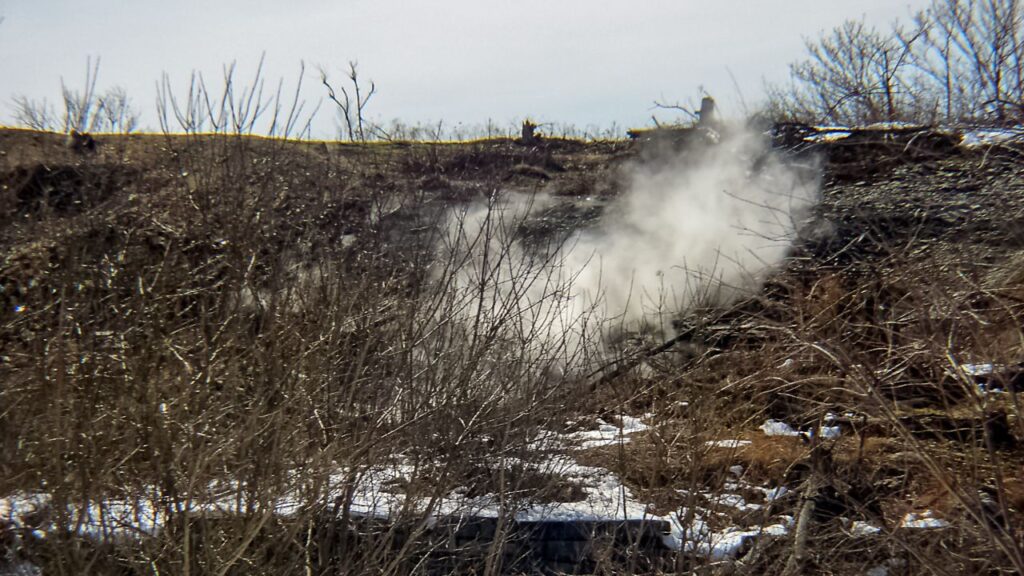
A mine fire that started in 1962 still burns underground, warming the hill and emptying most of the town. Streets lead to grass and wisps of steam in cold weather, mailboxes have no names, and old sidewalks wander through scrub. The famous graffiti highway is mostly erased now, but the sense of displacement remains. Church bells ring from a surviving parish uphill, and fog settles hard in October. Centralia is a cautionary tale written in smoke and quiet.
Cahawba, Alabama
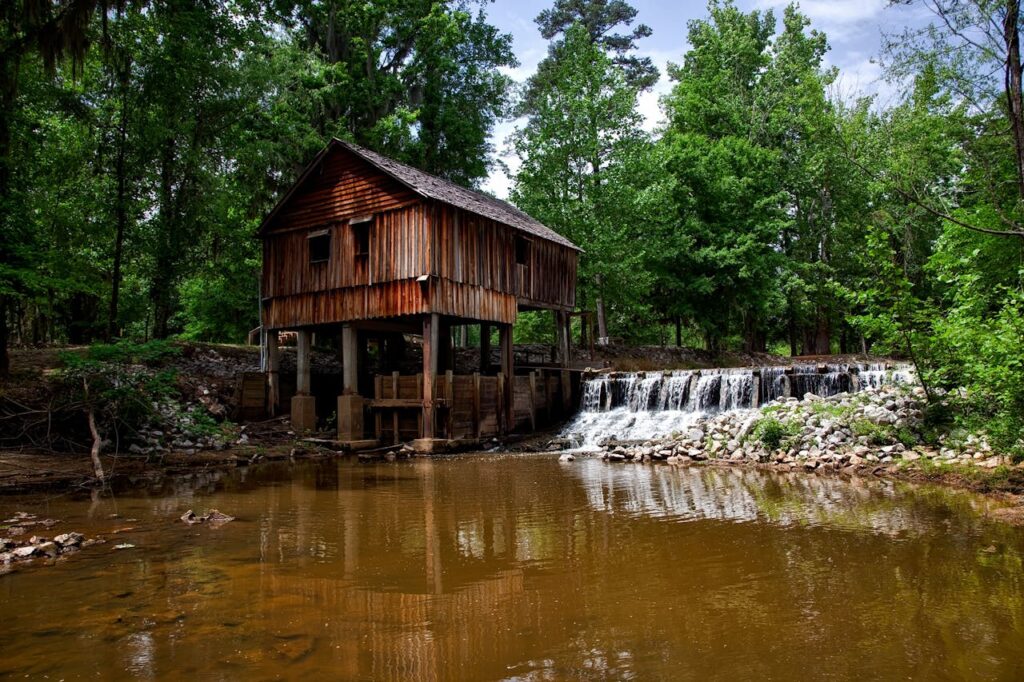
Alabama’s first capital lives inside a bend of the Alabama and Cahaba rivers, where floods and time reclaimed the grid. Brick ruins peek through live oaks, and the old cemetery hosts tales of the Lady in Blue, a glowing orb said to drift near a grave after sundown. Paths crunch with acorns, and crickets work a steady chorus. Foundation lines and street names hint at a lost city, gracious and haunted by water as much as by memory.
Kennecott, Alaska
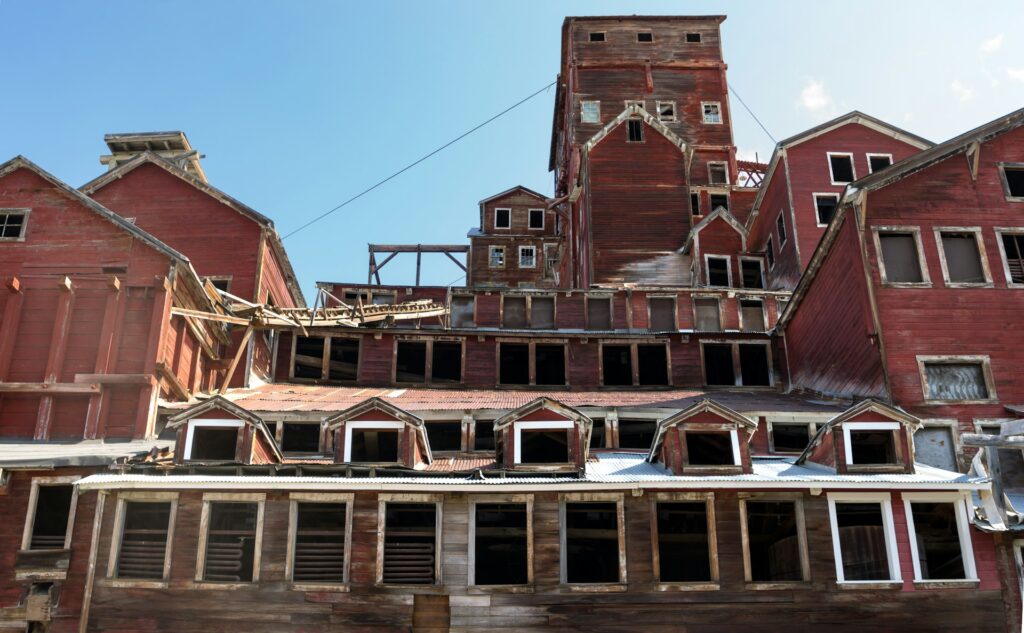
Copper made Kennecott a red spire against a blue glacier, and the mill still stacks stories like a wooden puzzle. Crews left in a hurry, leaving ledgers and tools where they sat. The hospital’s halls carry a chill that feels deeper than altitude, with windows framing ice that breathes even without wind. Northern lights find the valley in October when skies cooperate. Kennecott feels like industry paused mid sentence, waiting for a shift that never came.
Thurmond, West Virginia
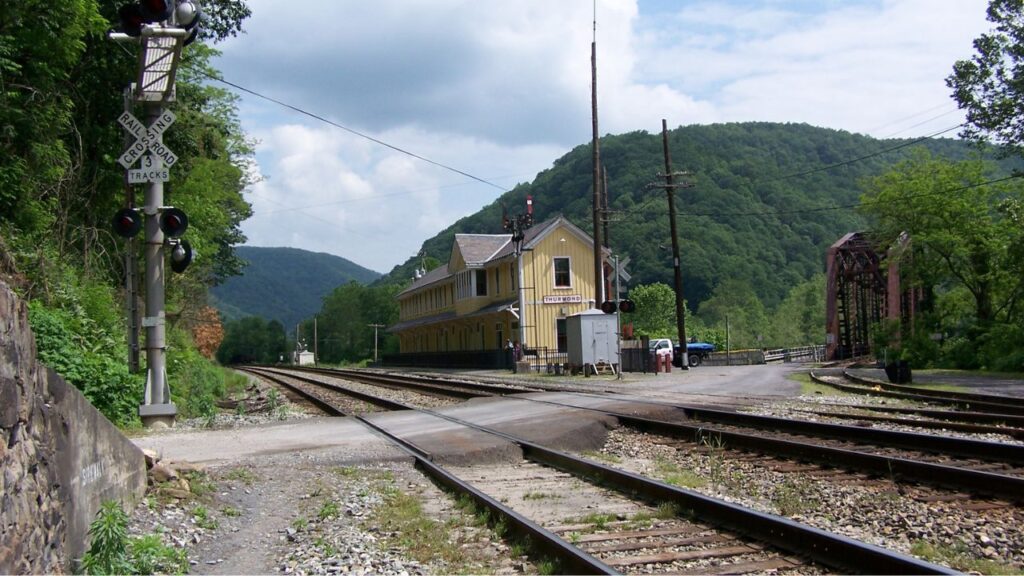
A rail town without many residents, Thurmond holds a depot, bank, and storefronts that watch the New River Gorge. Coal trains still pass, and some claim a conductor’s steps linger on the platform after midnight. The river talks to itself under the bridge, and fog rolls from the water like a careful stage cue. Fall color climbs the gorge walls, softening brick and timber. Thurmond keeps its distance from noise, which makes every echo land a little harder.
Silver City, Idaho
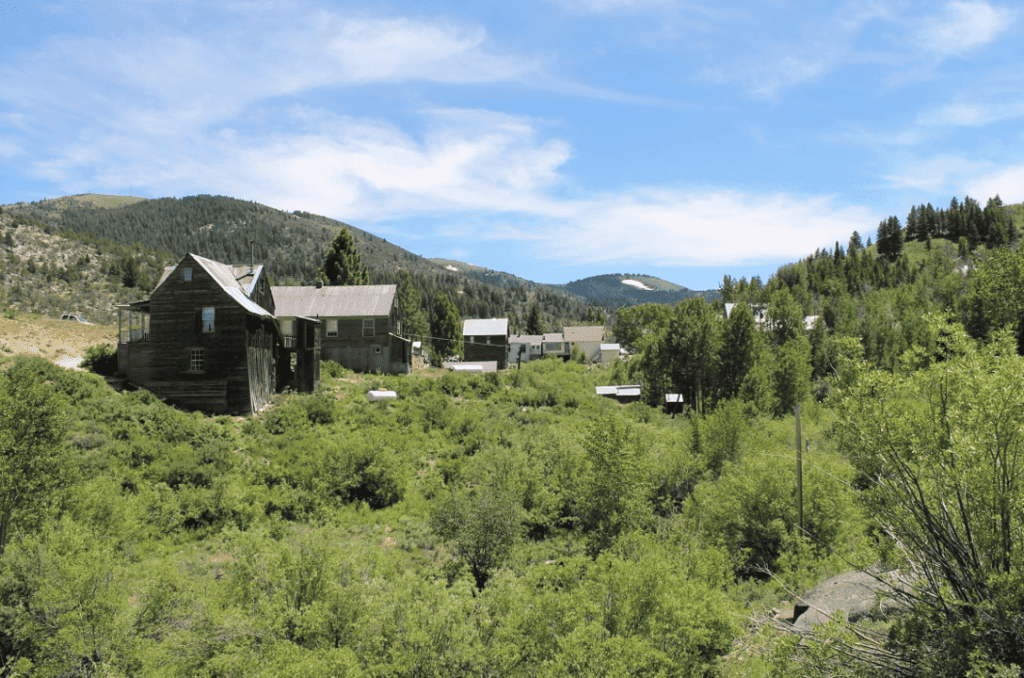
High in the Owyhee Mountains, Silver City preserves streets of false fronts and stovepipes that look ready for a winter that already moved on. The cemetery rides a hillside with markers that list avalanche, fever, and accident in plain terms. Lamp light spills from a few summer rooms, then leaves the town to crickets and wind. October thins the crowd and clears the air, so wood smoke and history carry farther. It is a place that prefers listening.
Grafton, Utah
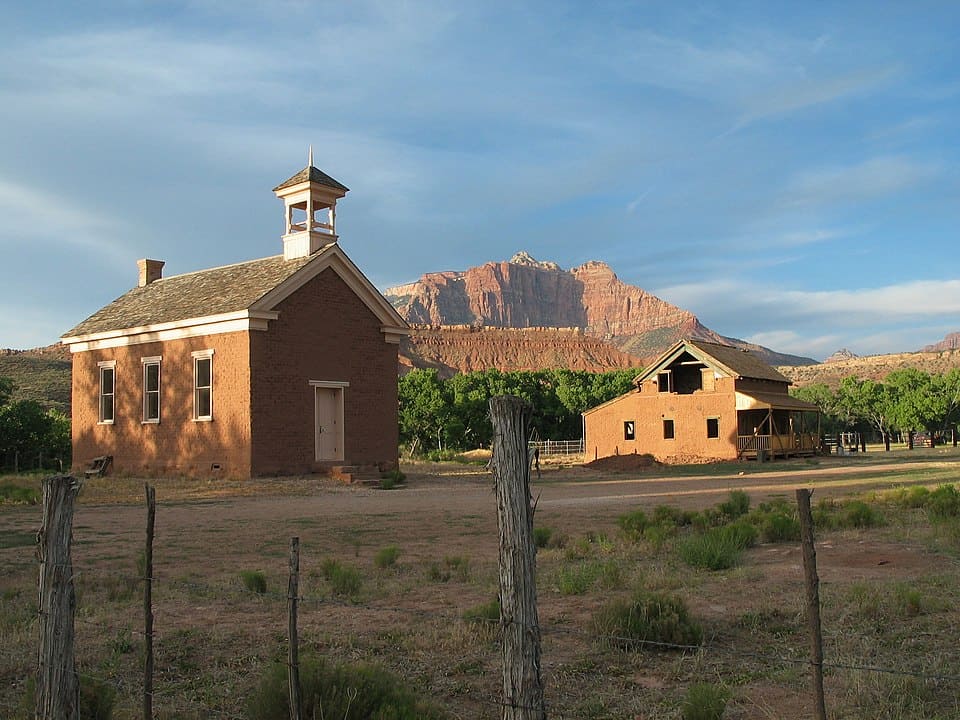
Cottonwoods line the Virgin River, and red cliffs hold the town like a bowl. Floods and hard seasons emptied the homes, but the cemetery tells longer stories, with dates from the 1860s marked by riverborne tragedy. Film crews once used the quiet streets, yet the mood remains private. Evening arrives early behind those canyon walls, and owls find the cottonwoods with no trouble at all. Grafton feels tender rather than grim, a soft echo under a grand sky.